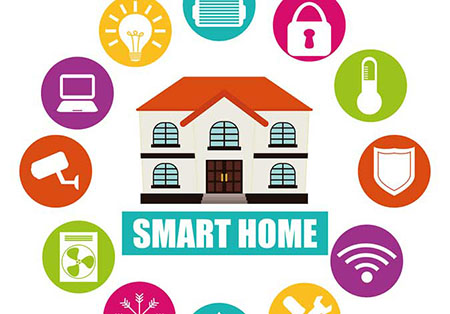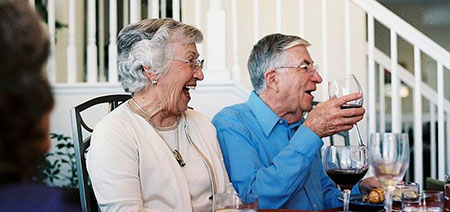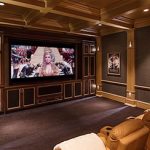Using Home-based Technology to “Age in Place”
 AARP reports that nearly 90% of aging adults say that they would prefer to grow older without having to move to an assisted living environment. In fact, most (82%) say that they would still prefer to remain in their own homes, even if there became a need for day-to-day assistance. Well, when you consider all of the time, energy, and love that they’ve invested in their homes, who blames them right?
AARP reports that nearly 90% of aging adults say that they would prefer to grow older without having to move to an assisted living environment. In fact, most (82%) say that they would still prefer to remain in their own homes, even if there became a need for day-to-day assistance. Well, when you consider all of the time, energy, and love that they’ve invested in their homes, who blames them right?
According to the American Elder Care Research Organization, “In 2016, the average monthly cost of assisted living nationwide is $3,628. Alzheimer’s and dementia care in assisted living costs, on average, an additional $1,150 per month, or $5,100 per month.” Just like everything else we buy, you get what you pay for when it comes to assisted living. With that said, one can safely assume that if a senior was to spend something similar to that of everyone else in the nation, there is a strong likelihood that they aren’t going to get much for it.
Rather than having to settle for less, a growing number of seniors are now realizing that they can just equip their homes with automation systems (sensors, cameras, and a voice support system) and choose to stay home.
Sensors
Activity-based sensors around the home can discretely reassure your loved ones from afar that you are up and about, carrying on in your daily business. Sensors can inconspicuously be placed upon doors, windows, cabinets, and near furniture. The automation system can be pre-programmed to notify a remote family member- via phone, email or text message- that there is activity or lack thereof occurring out of the ordinary.
Medicine dispensers can even be equipped with sensors. Forgetting to take medication can potentially be a dangerous scenario. Seniors will hear an alarm and see a flashing light on the automation control panel when it is time to take medication. You can have the panel programmed to display the date, time, next dose scheduled, and doses remaining as well.
 Cameras
Cameras
Hidden cameras will allow your family members to feel confident about your in-home care when they can’t be around. If you have a caregiver coming to your home, the cameras will enable your loved ones to verify that you are receiving proper treatment. Custom Audio Video can pre-program your automation system to record and send the footage to a remote location- such as a computer, tablet or smartphone. This will give both you and your loved ones the ability to monitor the caregiving and environment in real time.
Voice-Support Systems
Custom Audio Video can install a two-way voice support system, or “call button” system, throughout your home that can be used in multiple ways. For instance, you can have the system in place for emergencies. We can have it pre-programmed to dial 911 if you press the button. Because every interface has an intercom, you will be able to talk/listen to the dispatcher as if you are on speaker.
You can also use the system for non-emergency calls as well. An interface can have multiple buttons, and they can be programmed to link to whomever you want. We can program the speakers to function at any volume you would like. Seniors with hearing impairments will find this part of the feature extremely helpful.
You can also choose to have your system work internally as well. For example, if you’re in the bedroom, and your caregiver is in the kitchen, rather than yelling out, you can use the system to talk to them.
The vast majority of us treasure our home. With the advancement of at-home technology available, let Custom Audio Video help you “age in place” where you are meant to…at home.










